Boost strength, balance, and functional movement with science-backed drills that blend mobility and core activation.
Core stability isn’t just about crunches or planks. True core strength involves the integration of deep stabilizing muscles—transverse abdominis, multifidus, pelvic floor, and diaphragm—with dynamic movement and joint mobility. When mobility is limited, the core can't fire efficiently, leading to compensation, poor posture, and injury risk.
This guide delivers 21 practical, low-impact exercises that fuse mobility drills with core engagement. Each includes coach-style cues, form notes, and easy modifications so you can progress safely and effectively—whether you're a beginner or advanced.
Mobility allows joints to move freely through their full range. When hips, spine, or shoulders are stiff, the core overworks to stabilize—often incorrectly. By pairing mobility drills with core activation, you train the body to move efficiently and stabilize naturally.
These 21 drills improve neuromuscular control, enhance posture, reduce lower back pain, and support athletic performance—all with minimal equipment and joint stress.
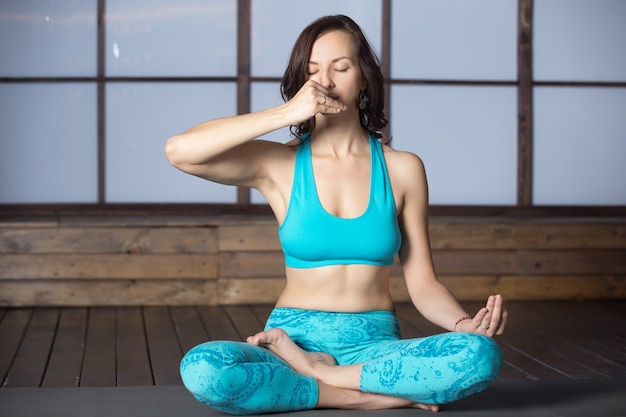
Coach Tip: Place hands on lower ribs. Inhale deeply through the nose, feeling ribs expand laterally—not upward. Exhale fully, drawing navel toward spine.
Form Note: Keep pelvis neutral. Avoid lifting hips during breath.
Modification: Place a small towel under the low back for feedback.
Loop a resistance band around feet. Extend opposite arm and leg slowly.
Coach Tip: Press the band gently to engage core without holding breath.
Form Note: Maintain contact between low back and floor.
Modification: Perform without band; limit range of motion.
Lie on back, knees bent. Gently rock pelvis forward and back.
Coach Tip: Imagine tilting a bowl of water forward and back.
Form Note: Move only at the pelvis—keep ribs still.
Modification: Place hands under low back to feel movement.
On hands and knees, coordinate breath with spine motion.
Coach Tip: On exhale (cat), draw ribs down and engage abs. On inhale (cow), allow gentle arch without flaring ribs.
Form Note: Move slowly—focus on control, not depth.
Sit with hips and knees at 90 degrees, back supported.
Coach Tip: Inhale to expand belly into thighs; exhale to engage deep core.
Modification: Sit against a wall for support.
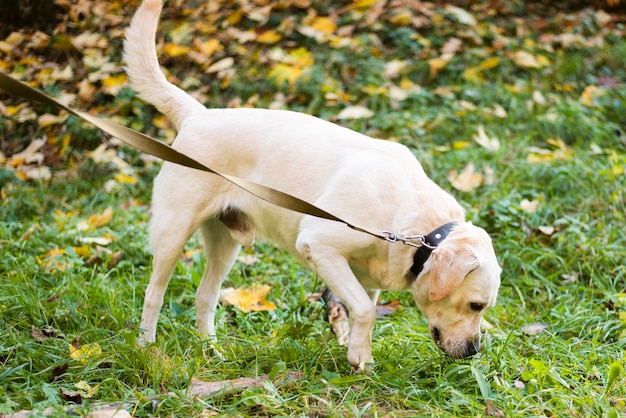
Extend opposite arm and leg while keeping hips level.
Coach Tip: Reach hand forward as if opening a curtain—avoid shrugging.
Form Note: Keep neck neutral; don’t hike hip.
From hands and knees, rock hips back while rotating one arm upward.
Coach Tip: Lead with the sternum, not the arm.
Modification: Keep hand on the ground; just rotate shoulders.
Sit tall, roll spine slowly from tailbone to crown.
Coach Tip: Imagine peeling each vertebra off the chair.
Form Note: Keep pelvis anchored—no side bending.
From half-kneel, reach overhead to the side.
Coach Tip: Squeeze glute of back leg to protect low back.
Modification: Use a wall for balance.
Feet shoulder-width, rotate arms like a windmill.
Coach Tip: Anchor pelvis—only upper spine should rotate.
Form Note: Keep chin slightly tucked.
Start in dead bug, then alternate bringing knees to 90 degrees.
Coach Tip: Pause 1 second at the top to engage core.
Modification: Keep both feet on the ground initially.
Lie with spine against wall, imagine pelvis as a clock face.
Coach Tip: Gently tilt pelvis to “12 o’clock” and “6 o’clock” positions.
Form Note: Only minimal movement is needed—focus on awareness.
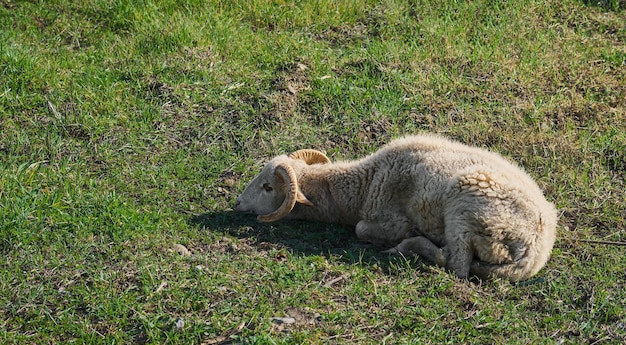
Move forward on hands and toes, knees hovering.
Coach Tip: Keep hips level and core tight—don’t sag or hike.
Modification: Drop knees to floor for support.
Lie on side, top arm sweeps over body while maintaining hip stack.
Coach Tip: Keep bottom hand on chest to monitor rotation.
Form Note: If hips roll forward, reduce range.
Attach band to anchor, press handle straight out, step sideways.
Coach Tip: Resist rotation—don’t let shoulders turn.
Modification: Perform without stepping.
Rock forward on hands and knees while resisting side shift.
Coach Tip: Imagine balancing a glass of water on your lower back.
Sit, lean back slightly, rotate torso side to side.
Coach Tip: Lead with the sternum, not arms.
Modification: Keep feet on floor.
Lift hips, then alternate lifting one foot.
Coach Tip: Don’t let pelvis drop—engage core before moving leg.
Loop band above knees, lift knees while resisting outward pull.
Coach Tip: Keep upright posture—don’t lean back.
Face wall, place hands at shoulder height, tap opposite shoulder.
Coach Tip: Keep hips still—only arms move.
Modification: Step feet further back for less intensity.
Lie on back, lift shoulders and legs, press low back down.
Coach Tip: Breathe steadily—don’t hold breath.
Modification: Bend knees slightly or lower legs.
Consistency beats intensity. Perform 3–5 of these drills 3–4 times per week. Focus on quality of movement, not reps. Pair mobility work with strength training for best results. Track progress by noticing improved posture, reduced discomfort, and better balance.
These 21 drills are not just exercises—they’re movement re-education tools. Over time, they help your core fire automatically during daily activities, from lifting groceries to climbing stairs.

Fitness

Fitness

Fitness

Fitness

Fitness
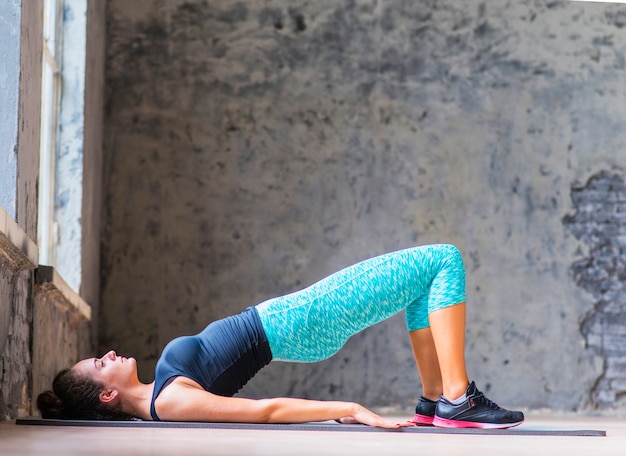
Fitness

Fitness

Fitness
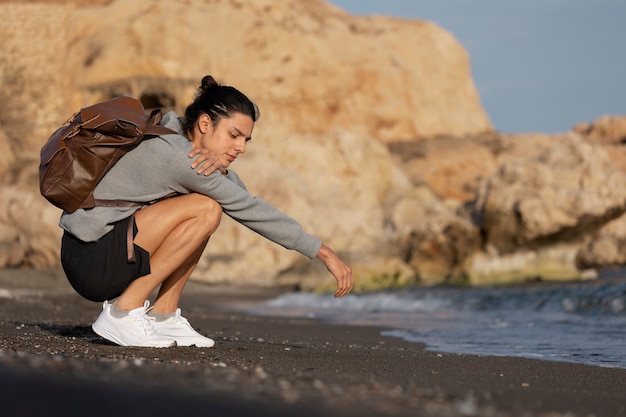
Fitness
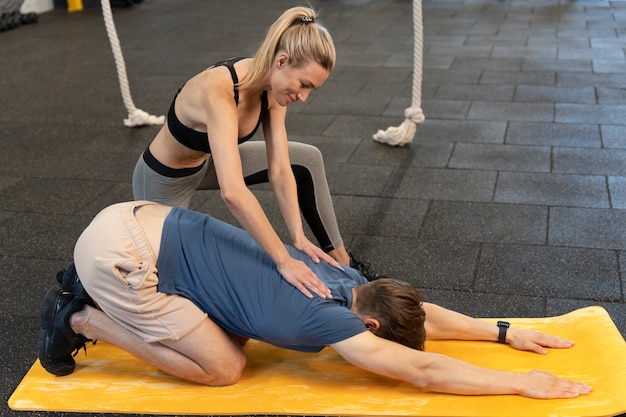
Wellness
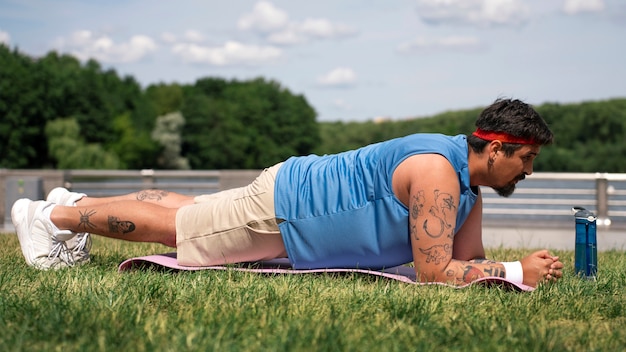
Health
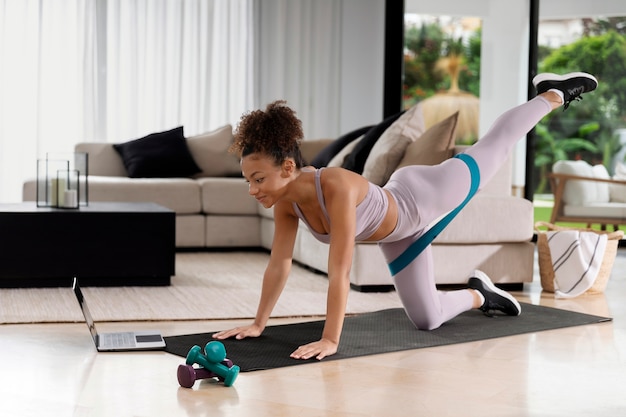
Fitness

Health

Fitness

Health

Health